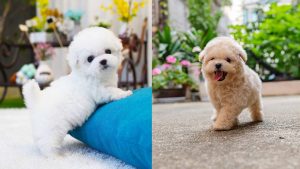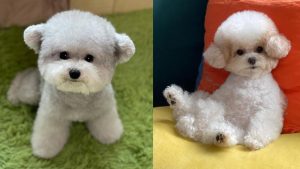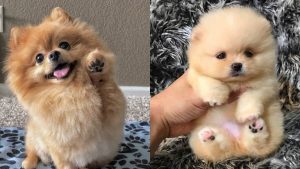You may often see your dog lip licking quite often, it may be because it is hungry or drooling over something, or maybe it wants to express a completely different thought.
So, what exactly does lip licking in dogs mean? Is it some kind of behavior, or is it trying to convey a specific message to its owner? Let’s discuss this in detail.
Why do dogs lick their lips?
First of all, to understand any type of dog behavior, you got to understand each behavior properly. The first is Lip licking. It is a type of communication method used by dogs very often.
A dog is found to lick its lips mostly when trying to communicate with its owners, trying to convey a particular type of feeling, which is certainly not hunger or casual drooling.
So, what does Lip licking in dogs look like? In most cases, you can see a dog taking its tongue out and simply rubbing around its mouth, like a common lip licking, it means to say something to you.
Now, there are various messages that a dog could convey; trying to know them is the real deal here.
What is your dog trying to say when it is licking its lips?
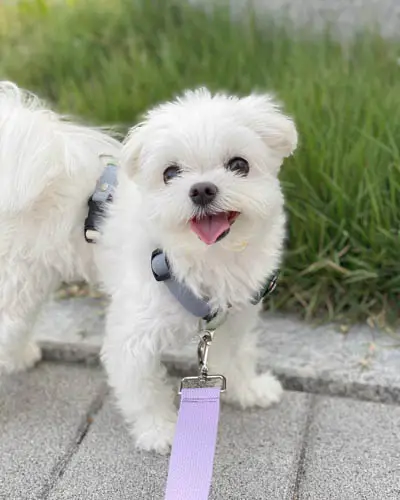
Now that you have understood that your dog is neither hungry nor drooling for some food, you need to figure out what your dog wants to say to you.
You may often take help from a dog trainer or an animal behavior expert. Most dog trainers and animal behaviorists have noticed this lip-licking as a calming signal.
Sometimes, this Lip licking behavior is also directed as a type of appeasement gesture, according to which dogs often try to quell the anger of another dog due to some sort of aggression.
Dogs usually take an inferior social stance to avoid conflict or aggressive behavior.
Dogs also exhibit this lip-licking and certain other behaviors when they feel uncomfortable with their surroundings. This uncomfortable feeling arises due to stress, anxiety, or some actions around them.
By licking their lips, they convey to their owner that they aren’t feeling good in these surroundings and should be immediately taken to another place.
Lip licking is also seen in dogs when they feel worried; this could be due to some external stimuli or internal stress or a feeling of imminent danger.
Whatever the reasons, lip licking is the convey method they use. Lip licking at times is common and can be taken as a simple gesture.
But sometimes, when you feel that your dog is licking its lips excessively, it may be a sign of some health-related disorder.
Dogs are often seen to lick their lips when they feel nausea, mouth pain, illness, or some kind of dental problem.
It is advised to take your dog to the vet as soon as possible and get them thoroughly checked and diagnosed.
How do dogs adopt lips licking behaviors as an appeasement gesture?
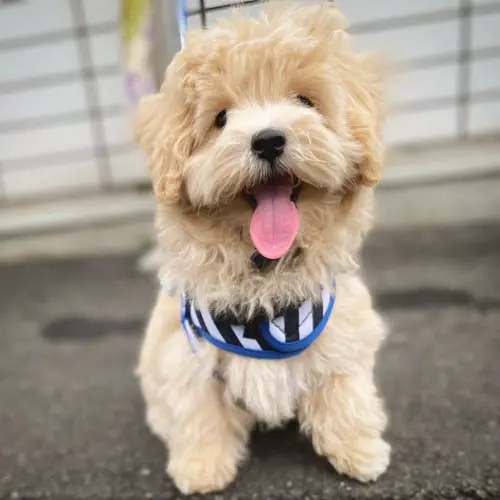
Dogs choose to show their appeasement gestures in various ways. First is the sign of incoming threat and to respond with calmness rather than being aggressive.
This can be easily seen in domestic environments. Either with their owners or the person they are familiar with.
For instance, when you come home from work after a tiring day and see your dog has made a mess all around the house, you could often feel agitated or irritated and decide to scold your dog.
In such circumstances, the dog may not understand the sudden scolding or yelling from the owner and often may see their owner as a threat.
In such situations, dogs often reside in appeasement gestures. They either lick their lips or turn their head around.
By this, the dogs want to convey a message of him not being a threat and avoid any aggressive behavior.
The dog feels the need to connect to his owner more emotionally than acting aggressively towards him.

Dogs exhibit such behavior when they feel frustrated, confused, anxious, or stressed in other circumstances.
This can be easily noticed when your dog show appeasement signs such as lip licking, ground sniffing, scratching or yawning.
This happens mostly in the case of training sessions. The dog cannot grasp what the owner is trying to teach him and refuses to learn or train anymore.
In such circumstances, it is recommended to stop the training immediately. A dog cannot perform well or learn anything new when it feels frustrated, confused, anxious, or stressed.
In this case, it is often said that you should take things lightly and ask your dog to follow simple instructions, like sit, stand, or walk around.
Treat your dog with some eatables, or praise it. You can also decide to pet it or play around with it.
These simple instructions will help the dog to relax. And maybe start training all over again, now in a more straightforward way than before.
How should you respond when you see your dog licking its lips?
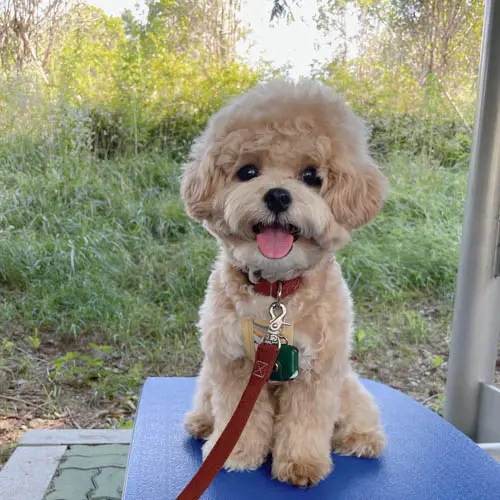
In most cases, a dog licks its lips to display its submissive behavior towards a person or other animal in situations of conflict.
It also warns the other person that it feels uncomfortable or stressed with the surroundings. Dogs use their lip-licking as the first warning attempt before coming into their defensive stance in front of an enemy.
Notice this behavior properly and then decide the act accordingly. No one wants their dogs to get aggressive with their owners or other animals around them.
Try to give it some space if you see your dog licking its lips, scratching its paws, sniffing the ground, or any other defensive behavior.
Don’t come near or confront him; this could agitate the dog that might turn him aggressive towards you. Try to remove anything that the dog feels concerned about.
Often during a training session, a dog might feel frustrated and confused; at such times, make sure that you make your dog more uncomfortable.
Try to use means which end the training in a positive mean. Use simple gestures that display a sign of no threat and act friendly.
Try to break it down into simple tasks such as catching a ball or wood piece. Praise it, caress it, pet it in the most friendly manner.
Take better measures for your dog to learn new things; instead of keeping the same activities in training, try to make it simpler and easy for your dog to do.
This will keep it from getting furious. Use shaping behaviors under expert supervision to handle a dog’s behavior during training sessions.

